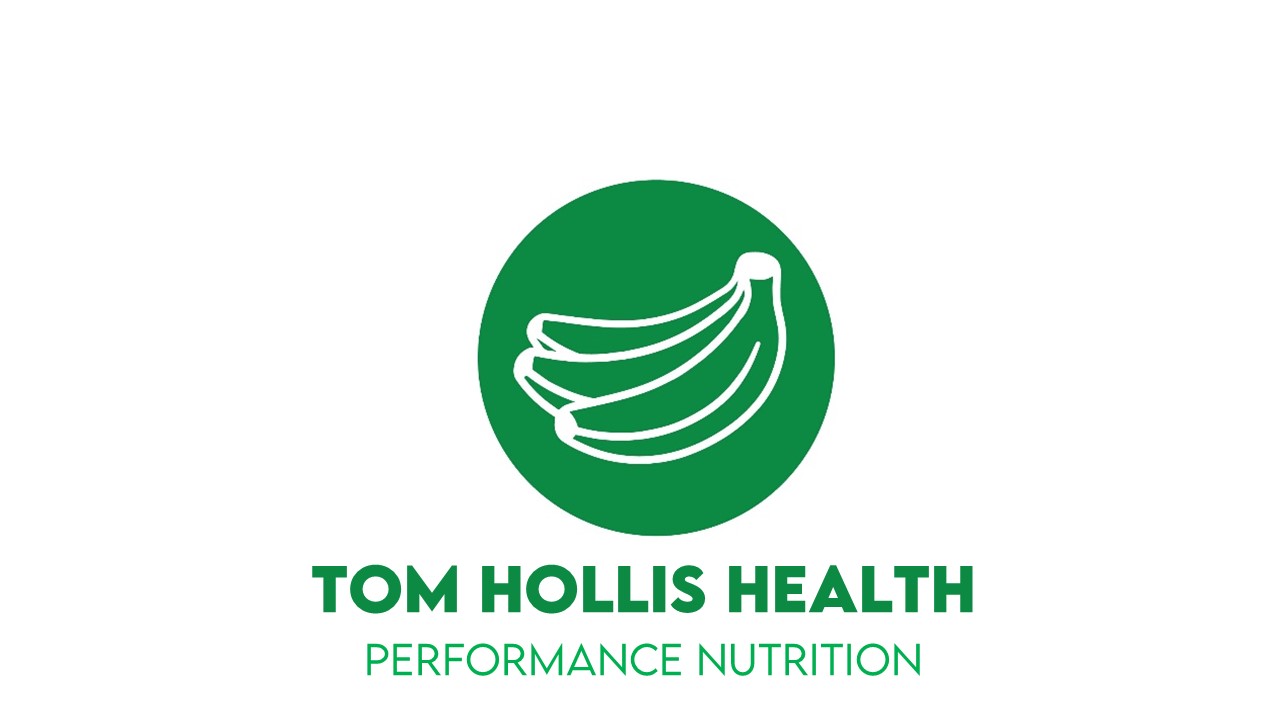Well done and thank you for getting this far – I know it’s been stodgy and technical at times, but this third and final nitrates blog should tie it all together nicely. I’ve already covered the impact of exercise assessment type, athlete fitness level, dosage and timing on nitrate’s benefit to endurance performance. The final elements to consider are sport type, intensity and duration, after which I will summarise where we are with some practical tips.
In blog 1 I mentioned that nitrate seems to be more effective in sub-maximal ‘time to exhaustion’ assessments than maximum effort time trials. Somewhat counter-intuitive, then, is the emerging trend from a few studies showing that nitrate supplementation has a greater ergogenic effect at higher intensities (e.g. at higher pedal rates in cycle ergometer testing). This has led to a theory that nitrate supplementation has an unequal effect on different muscle fibre types, with type II (‘fast-twitch’) potentially benefitting more from enhanced, nitrate-induced perfusion. This might also explain why elite endurance athletes seem to benefit less from nitrate interventions, as they would be expected to have a lower proportion of type II fibres.
Most nitrate studies have taken place in either cycling or running assessments, and while no meta-analysis has yet taken place looking specifically at sport type, one did look at cycling trials as a sub-set, and found very similar results to the overall pooled data for all sports. Therefore, no conclusions can yet be drawn regarding nitrate intervention and endurance sport type.
Conclusion and practical application
While we are pretty sure that dietary nitrates have great potential as an ergogenic (performance-enhancing) aid in endurance sport, we still have at least as many questions as we do answers about its optimal application. It’s a constantly evolving area, though, and this blog will probably look out of date by the end of the year!
One area of increasing certainty is that untrained and recreational subjects experience a greater ergogenic effect than elite endurance athletes, likely due to the physiological adaptations of training (vascular control, nitrate levels and muscle fibre type).
Another area of reasonable clarity is that, despite some data linking performance benefit with increasing assessment intensity, nitrate supplementation is more effective overall in sub-maximal, open-ended ‘time to exhaustion’ assessments than in time trials. Time trials are widely accepted as the best indicators of true performance, so this finding would seem to detract from the ergogenic claims of dietary nitrate. However, even small, non-significant effect sizes in time trial could have a really meaningful impact on performance, particularly in the narrow margins of competition. Nitrates present a plant-based, low risk (and very much legal!) intervention with no significant adverse effects.
We don’t yet know what the optimum protocols are, in terms of total dose, timing, or source, but there is a suggestion that chronic nitrate consumption over a period of days may be preferable to a single acute dose. Regardless, it is important to note that nitrate levels used in the trials are some way in excess of the levels seen in the typical UK diet, so reasonable effort is required to achieve them.
So, while dietary nitrate remains extremely promising as an ergogenic aid in endurance sport, there are plenty of areas that need more targeted research. It’s also conceivable that there is significant individual variability in nitrate sensitivity (both among trained and untrained subjects) and this may pave the way for further research and a more personalised approach to nitrate supplementation.
In the meantime, my advice for practical application would be:
- Less-trained athletes may see a greater effect, but even elite athletes should consider this a healthy, low-risk (plant-based) strategy for potential performance enhancement
- Potential benefits for use in both training and competition
- Aim to incorporate at least 2 x 80g portions per day of high-nitrate vegetables (roughly equivalent to one nitrate dose in the research). These include spinach, lettuce, rocket, swiss chard and beetroot – see the ‘veg-table’ in blog 2) in the days leading up to an event (consider 3-5 days).
- Eating 80g of rocket might seem quite daunting given that a whole bag is generally 60-80g (!), but is probably much more realistic for beetroot (~1 average beetroot, best if raw / juiced) or spinach (~2 cups)
- Beetroot juice or concentrated shots, now widely available, may be a more practical alternative. 500ml beetroot juice, or 1 x 70ml shot contains a similar level of nitrate to the 2 x 80g veg portions outlined above.
- Although optimum timings are unclear from trials, dose-response charts from blood nitrate levels suggest that the final nitrate dose should be consumed approximately 2-3 hours pre-event.
- Finally, since oral bacteria are essential in the nitrate conversion process, avoid using antibacterial mouthwash during this period, as it will destroy this pathway!
Happy munching!




